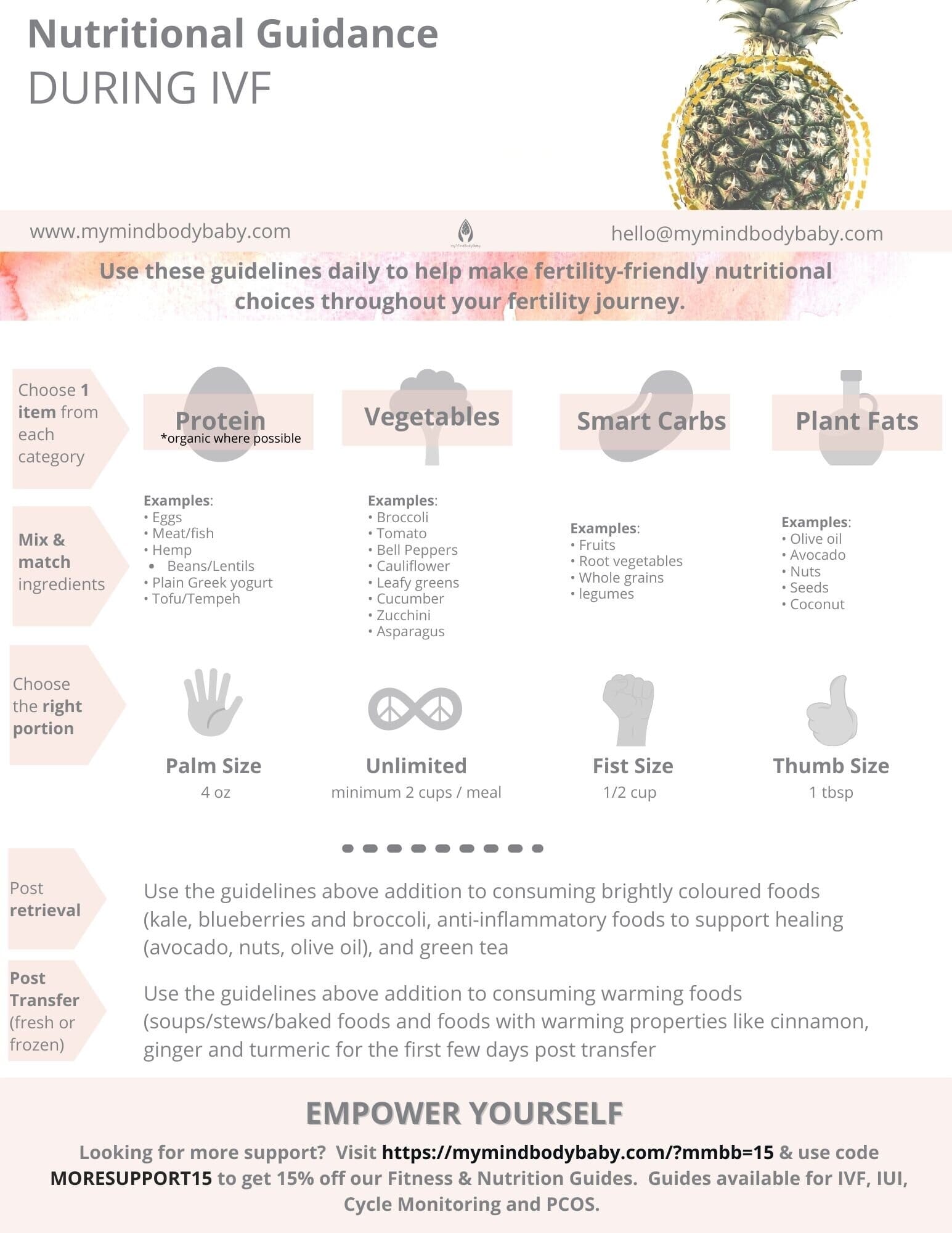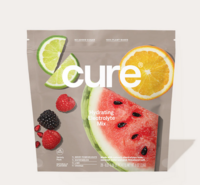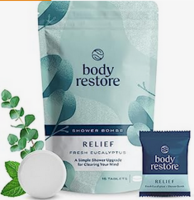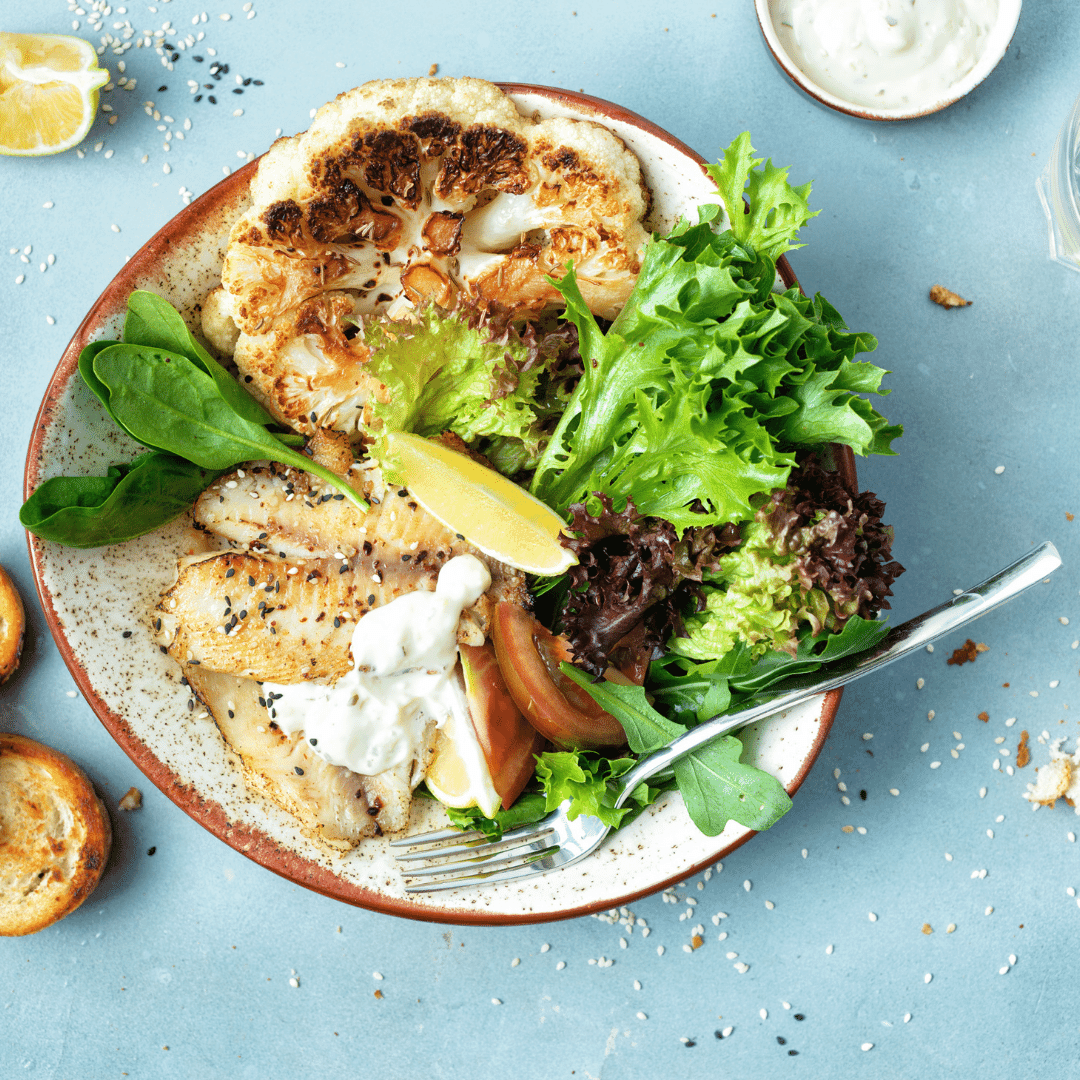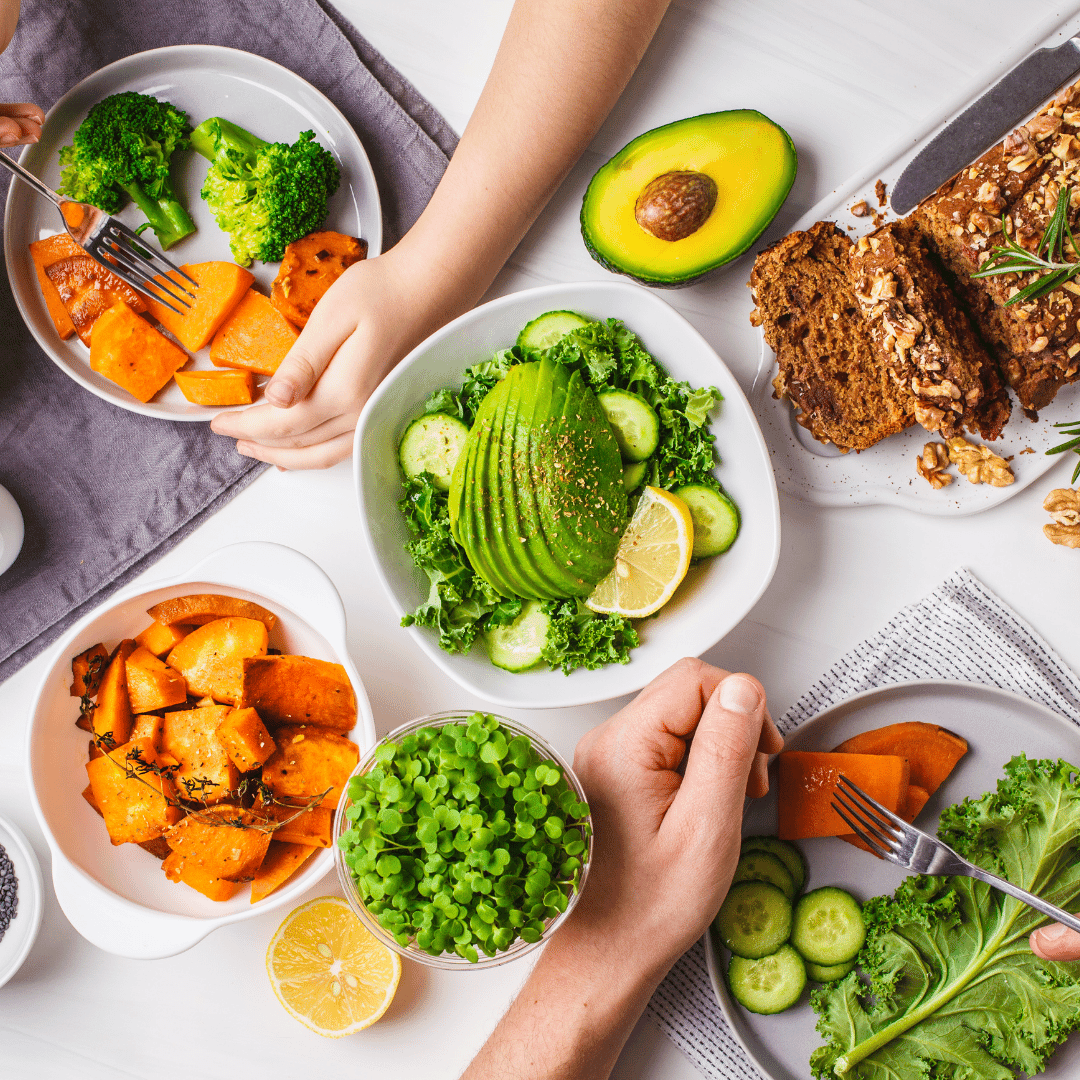The decision to move to IVF likely isn’t one you made quickly or easily. There are a lot of factors to consider: finances, timeline, emotional capacity, and physical health are just some of them.
Knowing what a big decision it is, and that the stakes are high, it’s no wonder that as a fertility-focused nutritionist I get plenty of questions about how to eat to help optimize an IVF cycle.
So, let’s break down some key considerations. I want to show you how to make it easy to prep for IVF, what to eat post-egg retrieval to support a speedy recovery, and what to eat post-transfer to encourage implantation. To help, I’ve included an IVF meal planning cheat sheet below!
PLUS, for when you are ready, make sure you grab my implantation checklist. This will take you through key considerations to help optimize implantation post-transfer. Get that here.
Before IVF: Foods to Eat During IVF Stimming
I get so many IVF questions, such as “should I eat a keto diet while doing IVF?” or “I eat low carb; is this okay?”. Here is what the research says.
In this study, a greater observance of a Mediterranean-style diet while going through IVF was associated with a higher likelihood of achieving clinical pregnancy and live birth among non-obese women under 35 years of age. And in this study, more embryos were obtained via IVF when the participant followed a Mediterranean diet.
Did you get that? Carbs are A-OK!
What is the Mediterranean Diet? It is characterized by:
- Daily consumption of fruits, veggies, whole grains, and healthy plant-based fats
- Weekly intake of poultry, fish, nuts, and beans
- Moderate portions of dairy
- Limited intake of red meat
A good rule of thumb to follow:
- ½ your plate should be vegetables,
- ¼ protein,
- ¼ some type of quality carbohydrate (check out the cheat sheet for examples). Remember, you do not need to ditch carbs to conceive. It’s the quality of those carbs that count!
*If possible, I recommend starting a Mediterranean-style of diet at least one month prior to your IVF cycle. If you can start three months before, this would be ideal.
Post-Retrieval: Foods to Support Healing
Ok, you did it! Your egg retrieval is over. I hope that you now have one or more (fresh or frozen) embryos that, at some point in the next little while, you will transfer back into their home for the next nine months. In the meantime, let’s focus on you and getting you back on your feet!
Tip #1
Prep foods ahead of time. After my IVF retrieval, I needed a hot minute to lay back, rest, and take stock of the whirlwind of events leading up to the retrieval. So, set yourself up for success. Prep some hearty meals that you can pull out of the fridge, quickly warm up and return back to the couch. If you want some help with ideas and recipes, at myMindBodyBaby we have an IVF retrieval plan recipe booklet that comes with our doctor-recommended IVF Nutrition and Fitness program.
Tip #2
Following a Mediterranean diet is still important at this time, but I would also recommend adding in extra healthy plant-based fats (again, see cheat sheet) to help reduce inflammation in your body. Fats are key for this. Plus, they also help with hormone regulation…and let’s be honest, those are probably all over the place right now!
Tip #3
Next, flush! Flush out the medications and inflammation. Water is going to be your best friend right now. To add to this, you could consider green tea and coconut water for added electrolytes (make sure there isn’t any added sugar).
Foods to Eat After Embryo Transfer: Supporting Implantation
As you prepare for transfer (fresh or frozen) the same advice above applies here: set yourself up for success and prep ahead. This time, however, things change a little.
The Mediterranean diet is still applicable here—lean proteins, veggies galore, quality carbs, and healthy plant-based fats. But as an added twist, I want you to think about adding warming foods into your diet for the next seven days. This means foods that are warm in temperature: think soups and stews, and foods that have warming properties like cinnamon and ginger.
Now I’m not proposing your meals need to be exotic foods that your taste buds don’t gravitate to, but little changes can go a long way. If you LOVE smoothies, why not add cinnamon, ginger, and stewed apples to them instead of cold fruits? So your rule of thumb post-transfer is to add cooked, steamed, and baked foods into your diet.
Remember, if you want more tips to help support implantation, this free Optimize Implantation Checklist is perfect for you. You can download it here.
Why the warming foods? In Traditional Chinese Medicine, warming a “cold” uterus is a treatment for improving fertility and pregnancy. So, paying attention to creating heat and warmth goes back to consuming those foods and drinks that help to achieve this.
Pro tip: keeping your feet warm is also a good idea while trying to “warm” your uterus. Traditional Chinese Medicine has long thought that cold feet are associated with a cold uterus since the meridians that start in your feet connect to the reproductive organs. So, bust out your reading socks and hot water pack!
I hope these tips are helpful to help you feel more prepared and in control of your IVF cycle! Sending all the warming love I can.
Michelle Strong is a Registered Holistic Nutritionist & Co-Founder of MyMindBodyBaby. Being a food nerd and clinical nutritionist for the past 13 years taught her a lot, but it was nothing compared to struggling with infertility for two long years. Since then, she has shifted her focus to helping those on their personal journeys to motherhood. Visit myMindBodyBaby.com, and use the code THEFERTILITYTRIBE for 15% off one of their fitness or nutrition plans!





.jpeg)







.jpg)
